Rebuilding Märklin 3044, EA 800, to digital with Märklin
conversion set 60903 and 60760 decoder
This can be done on many other models based on the Märklin 3078, DHG 500 and the
Märklin 3088 DHG 700.
For this locomotive type with Drum Collector Motor (DCM), see
28452
Updated
27.11.2013
Henschel EA 800:
Four units of these locomotive was made in 1966, for
Rheinstahl-Bergbau AG. They could be powered from the catenary, or run on
battery power.
According to information found on
internet,
the locomotives were initially green. The two remaining locomotives were
painted red by SOB in 2003.
Tecnical details: see bottom of page.
Märklin 3044, EA 800
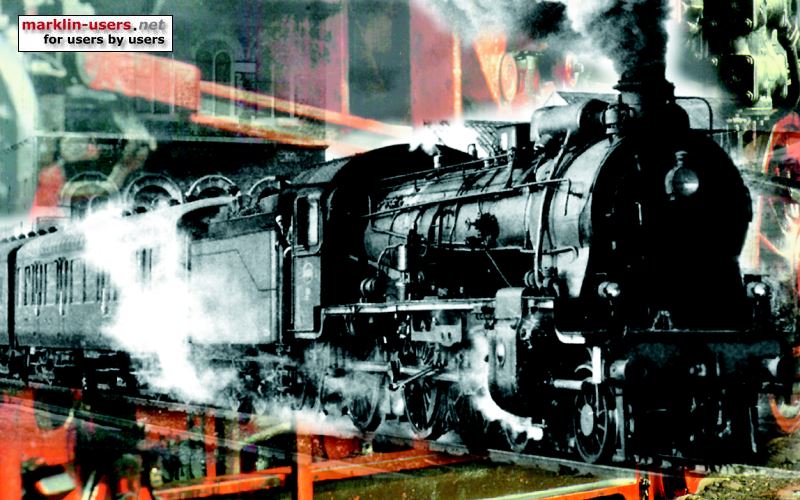
The Märklin model was made in three different versions from 1969 to 1987.
1: 1969 - 1976, four running gear lamps indicated on both sides
2: 1977 - 1980, four running gear lamps on the RH side, two on the LH side
3: 1980 - 1987: four running gear lamps on the RH side, two on the LH side,
different pantograph and simplified roof installations.
Mine is version 2.
Conversion parts:
For the 3044 the conversion kits 60903 or 60923 may be
used, or the new motor set 60943, as the motors in these sets are identical.
If using the 60943 motor set, a separate decoder set, for instance the mLD (märklin
Lok Decoder) 60962, may be used.
Disassembling
Very simple to explain: remove everything. After removing the pick-up
shoe, unsolder the small contact plate. Unscrew the
two screws on the motor cover and the screw holding the reversing unit. I
also removed the change-over switch for the pantographs (I power all my
locomotives from the pick-up shoe). Then it should be possible
to "lift out" the switch, the reversing unit and the motor in "one piece".
I carefully pack these parts in a small plastic bag and store them.
Straighten out the coupler hooks and pull them out of the chassis, to access and
remove the contact plates under the bulbs.
I also removed the "axel covers", not to damage them.
Wheels:
As this locomotive had been unused in it's box for many years, I decided to
remove the wheels to clean the axles and bearing thoroughly, for best possible
ground connection.
From earlier conversions i had some brownish wheel sets in my spare part box, I
installed some of them here. Only the rear right wheel has a friction
tyre, once again for best possible ground connection.
Motor:
Installation of the motor itself is not difficult. After removing
all the existing parts (motors, reversing unit, bulbs etc.), clean the chassis
and make sure that everything (transmission and wheels etc.) is turning
smoothly.
Install the new motor to the locomotive, firstly without the brushes. Check once
more that everything revolves freely. Install the brushes.
Decoder:
From the upgrade of my 37510 SBB Ae 3/6II 10.426, I had a c91 fx
decoder (remotely programmable) in my box. it fitted perfectly in the 3044, installed where
the reversing unit used to be, in a holder 456200. I selected this decoder
for it's adjustability, especially the top speed.
Later, I replaced this decoder with one from a 60760 conversion set, due to it's
extra function output (f3), which I used for the cabin light.
This decoder gives 14 speed steps, which I find more than enough for the
prototypical top speed, 50 km/h.
3044 inside after conversion
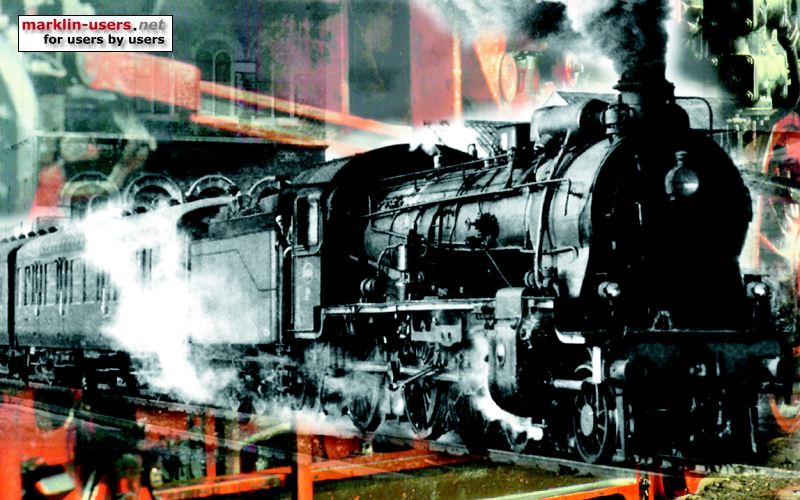
Interior light:
Small yellow smd LEDs were glued to both sides of the "tower" for the body screw, over the
motor. An orange wire form the decoder was soldered to the cathode of the
front LED, the brown/red wire to the anode of the rear LED.
A 680 Ohm resistor was soldered between the rear cathode and the front anode.
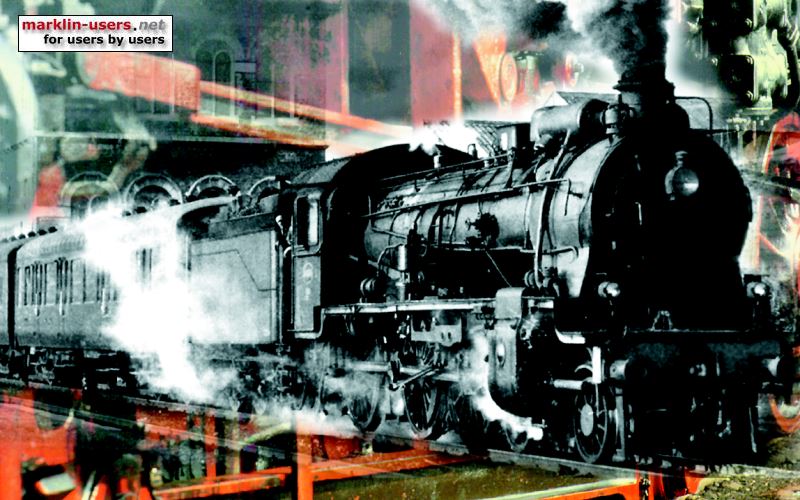
For a clear view through the cabin, I removed the original milky windows and cut
a similar shaped part from a clear plastic sheet.
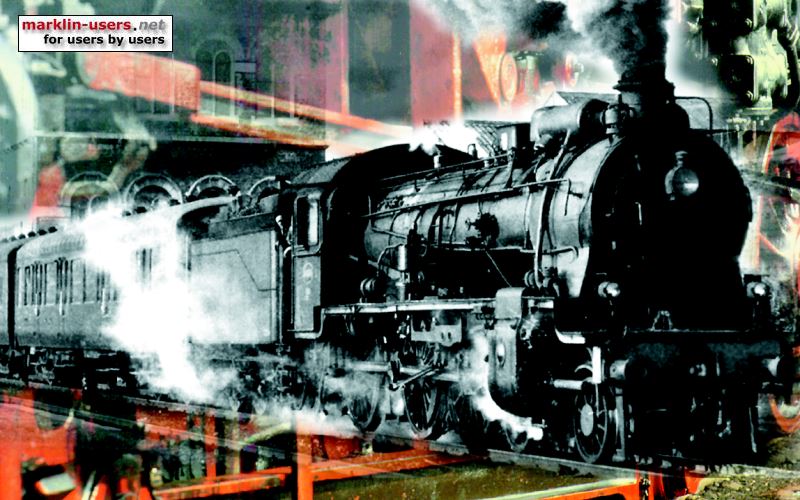
Front and rear light:
The 3044 used to have one bulb in each end, directly in the locomotive chassis,
Märklin part no. 600150. Contact plates were installed under the bulbs.
I removed the contact plates by straightening the couple hooks. A bulb
socket, Märklin part no. 604180, was pressed into the original bulb sockets.
After soldering the wires to the sockets, from below, the coupler hooks was
installed again, without the contact plates.
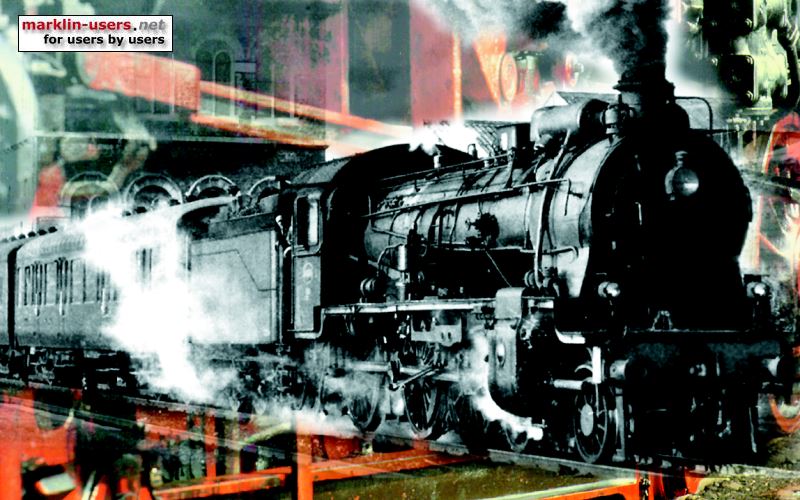
The original bulb contact plate to the left (on top of the LEGO brick).
This photo shows the front lamp:
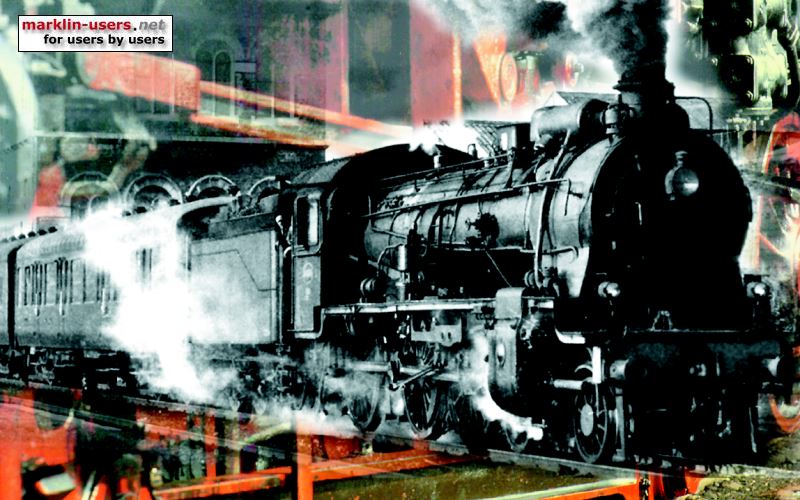
Anti Alzheimer:
The 60760 decoder was known for one "bad" thing; it forgot it's previous speed,
even after a short power loss, and restarts the acceleration from zero.
This is often referred to as the 60760 Alzheimer effect.
To avoid this, make a "back-up" power supply, which gives a short time
power supply to the memory circuit in the decoder. I installed a small
capacitor and a resistor, connected to the decoder.
Note:
I have experienced the phenomena on this locomotive only (one of six 60760
decoders), so I suppose that Märklin has corrected this as a running change
sometime during the decoder production time, from 2005 to current production.
I have installed a "back-up" power supply on two more locomotives, just for fun,
as I had the parts laying around.
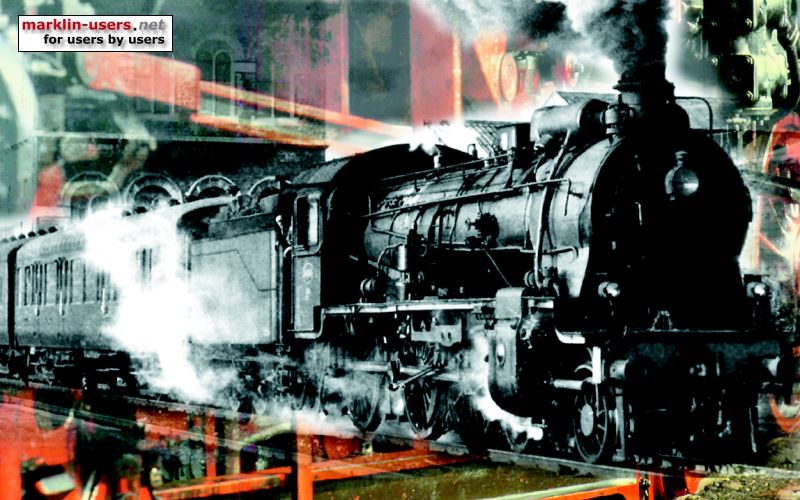
The 60760 decoder:
This photo shows the 60760 decoder, with some additional wiring.
On top:
no. 3 from right - a brown/red wire for the "secret" f3 output, used
for the interior light
no. 4 from right - an additional orange wire, with + for the functions
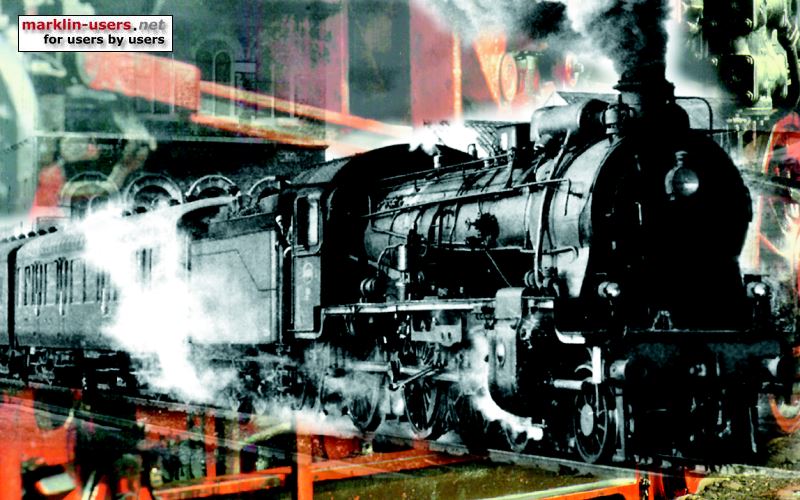
On the bottom:
A purple wire to the minus end of the capacitor
A black wire to the resistor.
I see from the detailed photo that some of the soldering must be re-done.
Wiring diagram:
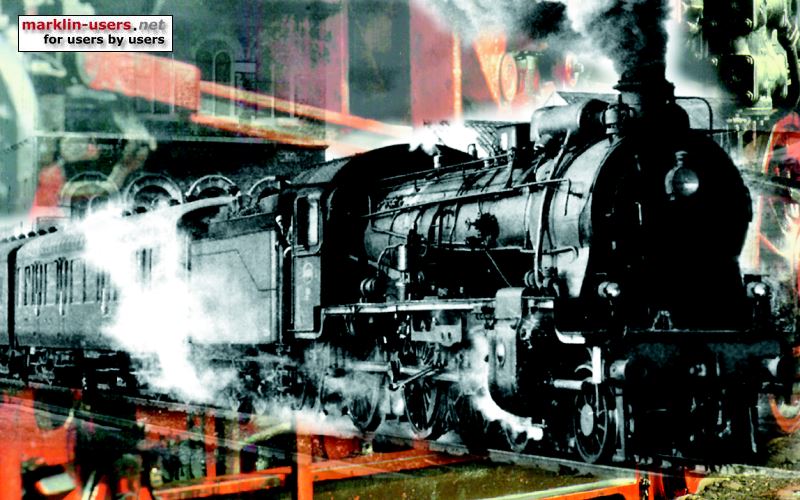
Part list for the conversion:
| Part number |
Pcs. |
Description |
| 60903 |
1 |
Digital high propulsion conversion set, motor and small parts only |
| 296740 |
1 |
Axle with gear and wheel, with traction tyre |
Brownish wheels
from a 437500
motor bogie |
| 296650 |
2 |
Axle with gear and wheel, no traction tyre |
| 296720 |
3 |
Wheel, no traction tyre |
| 60760 |
1 |
Decoder only |
| 456200 |
1 |
Holder for decoder |
| 756100 |
1 |
Screw for decoder holder |
| 604180 |
2 |
Bulb socket, front and rear light |
| 610080 |
2 |
Bulbs (22 Volt) |
| - |
2 |
smd LED, yellow, for interior light |
| - |
1 |
680 Ohm resistor |
| - |
1 |
10 Kohm resistor |
For the
"Anti Alzheimer"
circuit board |
| - |
1 |
470 uF 6,3 Volt capacitor |
| - |
1 |
Home made experimental circuit board, 3 rows, 6 holes |
I think the spare part numbers were correct at the time of conversion.
Screenshot from Central Station 1:
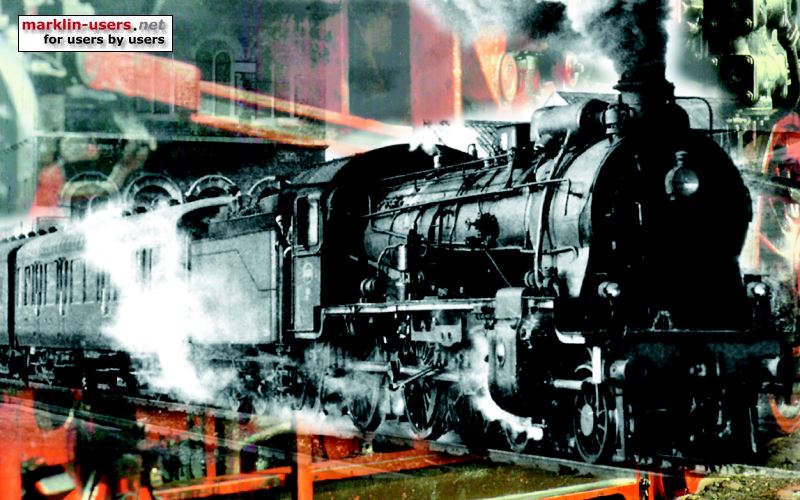
Some techical details about the prototype EA 800 (from Wikipedia
and others):
| Numbering: |
Factory numbers 31127 - 31130
Rheinstahl-Bergbau AG E 5 – E 8
RAG 281 - 284
BT Eea 31 - 32 (31127 and 31129)
SOB
936 031 - 032 |
| Number built: |
4 |
| Manufactorer: |
Henschel |
| Built year: |
1966 |
| Factory numbers: |
31127 - 31130 |
| Axel layput |
Co |
| Build type: |
Co-el/ea |
| Total length: |
10,2 m |
| Weght: |
60 t |
| Power: |
540 kW |
| Max speed: |
50 km/h |
| Track: |
1435 mm (Normal
track) |
| Current: |
15 kV 16 2/3 Hz AC
15 kV 50 Hz AC |
| Current transfer: |
Catenary, SBS 65 |
Some external links:
http://de.wikipedia.org/wiki/Henschel_EA_800
http://www.rangierdiesel.de/index.php?nav=1405670&id=42663&action=portrait
Home









